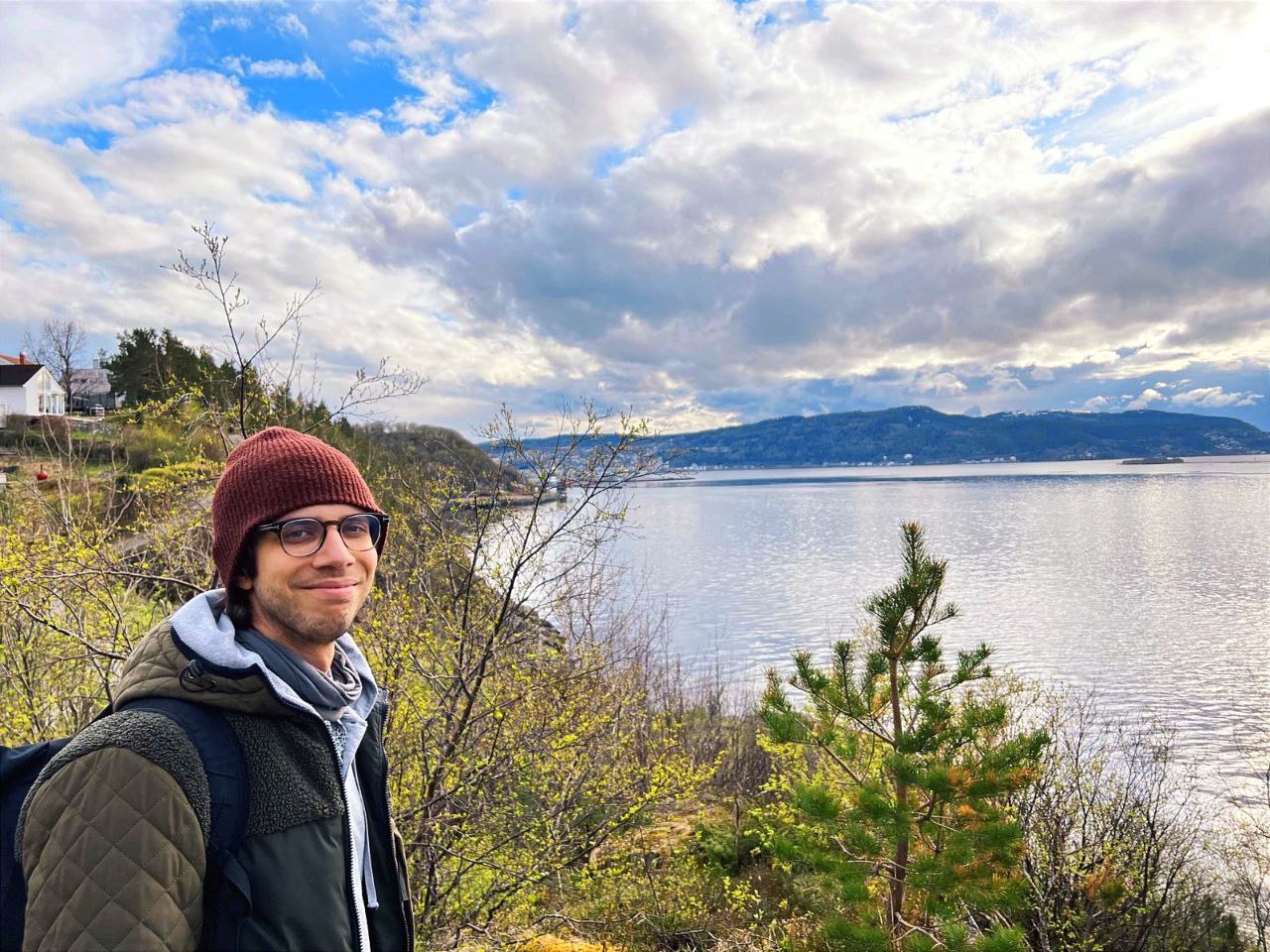Interview with Elias Zea

We interviewed Elias regarding his recent appointment as an assistant professor in engineering acoustics. Elias talked to us about his career, educational background, future plans and more.
Tell us a bit about yourself and your educational background; what inspired your interest in your field?
I’m originally from Caracas, Venezuela, where I obtained my Degree Diploma in Electronic Engineering in 2013, although my first “fika” at KTH was in 2011 as an exchange student. Something that inspired me a lot was musical acoustics and signal processing. My family was recording an album then, and I became interested in spatial audio. My Master’s thesis was related to that. Around the same time, I became fascinated with non-linear ultrasonic transducers, which later led me to pursue a Ph.D. in acoustic imaging and sound field separation at KTH.
What are the role responsibilities, of an assistant professor, and what plans do you have for your new position?
My key responsibilities are research, teaching, and supervising students. In the shorter term, I’m focusing on becoming a docent and being able to be the primary supervisor of Ph.D. students. In the long run, I want to develop our course curricula, increase the visibility and attractiveness of our study programmes, and strengthen our research collaborations inside and outside KTH.
What is your research about?
My main line of research concerns the development of experimental methods for a variety of vibro-acoustics problems, including noise source separation and quantification, sound absorption and diffraction of finite structures, as well as super-resolution measurements in room acoustics. To tackle these problems, I employ tools from applied mathematics, such as harmonic analysis, sparse sampling, and artificial intelligence. I’m also involved in research projects on sustainable aviation, biomechanics, fluid mechanics, and climate action.
What are the biggest challenges your work/research combats?
The elephant in the room is noise pollution, the “silent” killer. It is known that noise can lead to a number of cardiovascular and metabolic diseases, so it is vital to inform and derive measures to counteract noise in all relevant contexts: inside a room, on the road, near the airport…
Are you planning to develop your research in new directions?
I want to expand my research toward modeling mechanical waves in space-time. This has many exciting applications, such as seismology, oceanography, and medical ultrasound, in which costs for sensors, data storage, and processing must be minimal. Furthermore, these research directions can increase our understanding of wave phenomena beyond canonical scenarios.
What advice would you give to youngsters interested in becoming scientists?
Stay creative and curious, and always keep in mind why you do the research you do.
What are the outreach activities that your department has organised or is planning to organise for students and researchers?
We have a couple of them. For example, we host events for students to meet with our industry partners, promoting the chances for job opportunities after graduating from our sound and vibration studies at KTH. Also, we host online seminars on acoustics, inviting local and international researchers to present their latest works, and open to the public and disseminated through our social media outlets.
How does your research/work incorporate aspects of sustainability and/or equality in it?
The prediction, management, and mitigation of noise and vibration are strongly motivated by safeguarding the well-being of humans and animals and play a crucial role in developing sustainable cities and communities, corresponding to several important goals stipulated in the Agenda 2030. Moreover, my research intrinsically pursues gender-equal objectives, as noise causes health problems for men and women alike.
